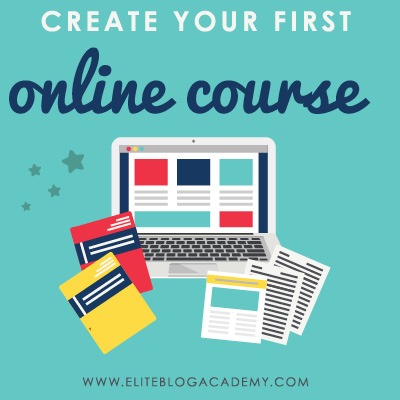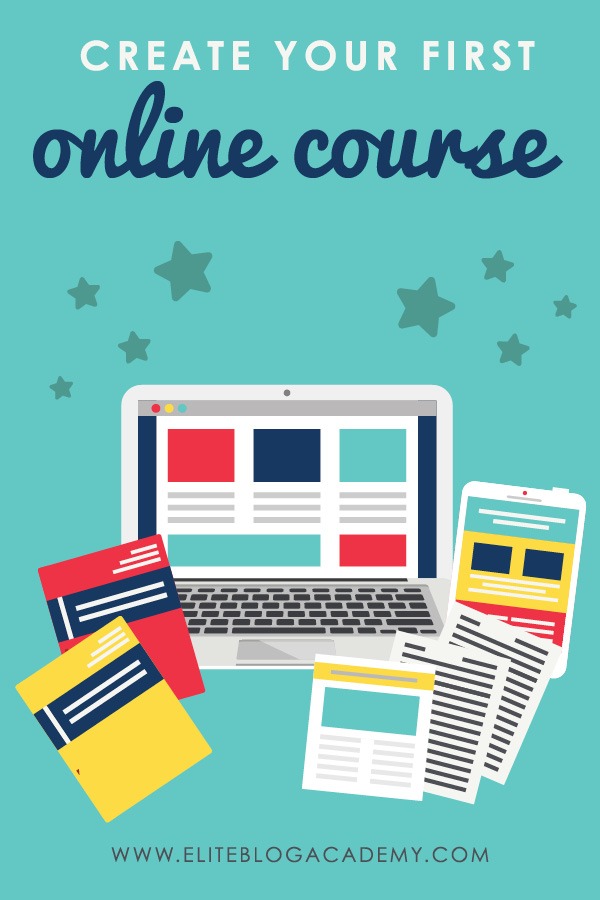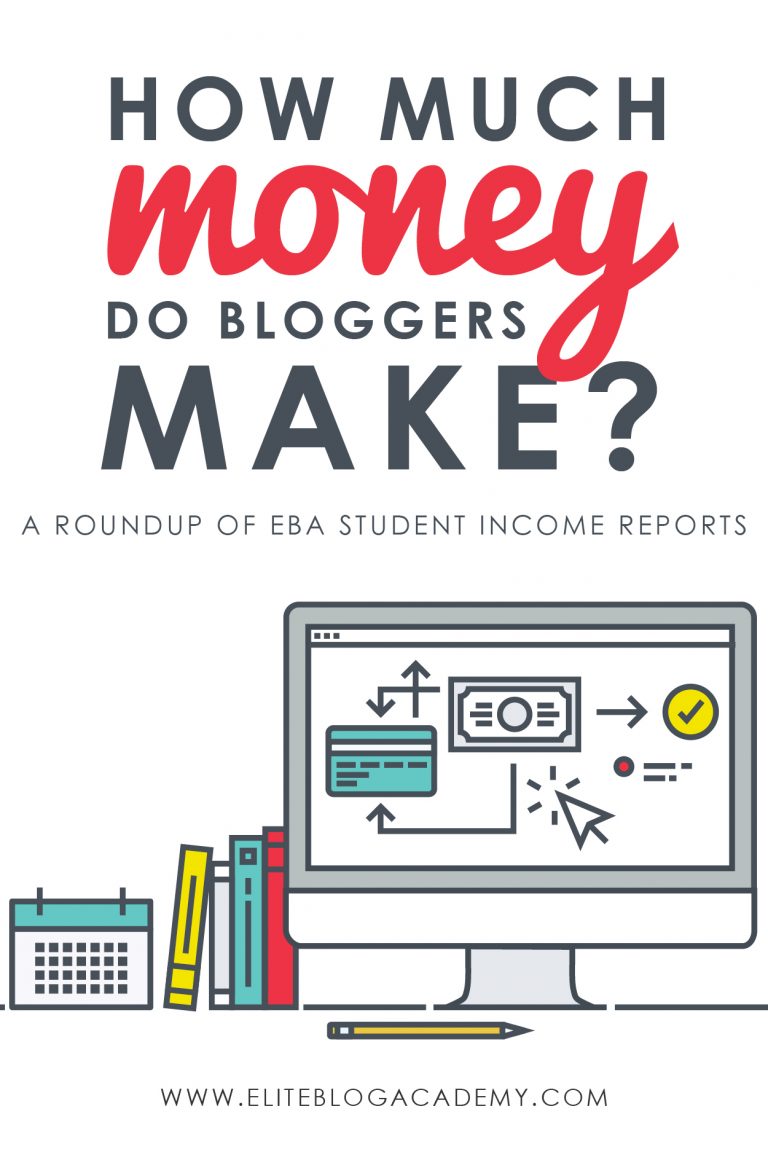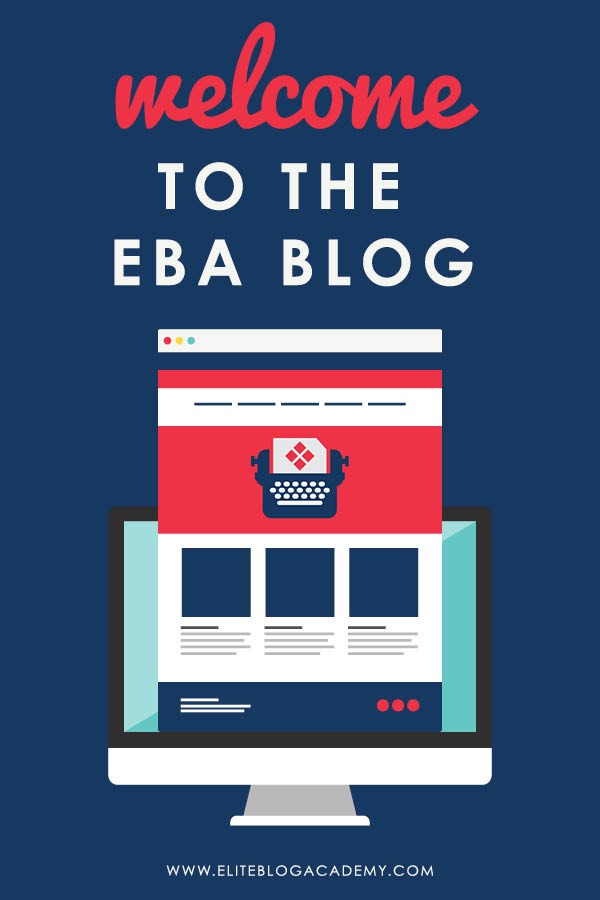Create Your First Online Course

Online courses seem to be everywhere these days, don’t they? Regardless of your interests, it’s hard to scroll through Facebook without seeing at least one opportunity to enroll. From Teachable to Udemy to LinkedIn Learning and a million options in between, self-paced learning has literally exploded in the past few years.
So what does this mean for you?
Well, if you are a blogger, it’s possible you’ve already benefitted from at least a few of these online trainings, and perhaps you are beginning to see all the value that online courses have to offer.

Are you ready for one sentence to change your business?
Using the right hook can do just that!
The truth is, an Instagram reel won’t change your business, at least not all on its own. But if you’re using the power of Instagram to drive leads into your business, using the right hook is vital for your success. Grab the exact hooks that have gone viral for my @ruthsoukup Instagram account again and again (and got me over 30 MILLION views and tens of thousands of new followers).
And the best part? It’s completely free! Just fill in your information below so I know where to send it.
And maybe you are at the point where you’ve moved on from the basics. You’ve started building an audience of engaged readers, and you’ve created a ton of really valuable content. Perhaps you have even begun to realize that while blog posts alone are fantastic, you would like to be able to offer your audience even more.
And a great way to deliver the “more” they’re looking for is by creating a course.
Now I know the idea of creating a course can feel a little intimidating at first, but I promise that it isn’t nearly as hard as you may think.
Tons of bloggers have used their blogs as platforms to launch successful courses, and, with a little planning, I’m pretty sure you can do it too!
Let’s walk through the four steps to creating your first online course.
Step 1: Identify the Problem
The first step to creating a successful course is identifying the problem your course will solve.
It’s really hard to sell something the audience doesn’t feel like they can’t live without. The course can’t just be interesting. It has to address a very specific pain point the audience has and offer a solution to a problem they really struggle with.
So how, exactly, do we find that pain point? Simple! We just need to pay attention. What questions do you get asked over and over again by your readers? What post topics strike a chord and resonate the most with them? What kind of content gets the most comments and shares?
When you dig deep into those questions, you’ll notice a theme starting to emerge. That theme is the pain point we’re after. The issues that keep your avatar up at night are what you should base your course on.
For example, I wrote my first book, How to Blog for Profit (Without Selling Your Soul), because both readers and blogger friends kept asking how my blog became successful. From there, I had several bloggers ask me to work with them one-on-one. But what I found was that everyone I worked with asked the same exact question, which was this:
“Can you please tell me, step-by-step, exactly what I need to do to be successful?”
I realized that I COULD actually answer that question, and Elite Blog Academy® was born.
So….before you start building a course, the very first thing you have to do is identify the problem your course will solve.
Step 2: Break It Down Into a Step-By-Step Process
Once you know what the course will be about, it’s time to transform that idea into a format that will work for your audience.
Your audience wants to get from Point A to Point B. They want to go from ‘struggling with a problem’ to ‘understanding and implementing the solution’. Following a step-by-step process is the easiest way to get them there, so I think it’s the best format to use for an online course.
One of my biggest aha moments was realizing that when we're selling a course, we're not selling the worksheets, the videos, or the content — we're selling the transformation. The course, then, needs to become a road map that takes the audience from where they are right now to where they want to be.
If you can’t explain how to get from Point A to Point B in a cohesive, easy-to-understand way, your course will probably have a hard time connecting with your audience and delivering the transformation they’re looking for.
A great exercise is to grab a piece of paper and, at the top, write out the problem. At the bottom, write out the solution. Then, in the middle of the page, list out the steps needed to make the transformation. This becomes your step-by-step process.
Step 3: Turn Your Process Into Content
Once you have a step-by-step process outlined, it’s time for the fun part: creating the content.
There are lots of different ways to deliver the content. You can use slides, worksheets, video, audio notes, or templates. It’s totally up to you to determine which is best for each section of your course.
Personally, I highly recommend using video as much as possible. Video content helps the audience create a more personal connection to both you and the content. And it makes the course feel a lot more engaging!
I know… video can be scary! When I first created Elite Blog Academy®, I was a complete novice to video. I’d never created video content before, so those first videos were bad… like, really bad. I looked completely stiff and unnatural. I made mistakes and you could totally tell I was reading from a script.
I still cringe when I think back to it, but I know it’s okay! It doesn’t have to be perfect. The most important thing is to deliver valuable content. Need more help with this? Here’s How to Conquer Your Fear of Live Video (Once And For All)
So, even though my early EBA videos looked terrible to me, I knew the content was good. I also created workbooks full of exercises to help my audience take action on the concepts we discussed in each video. And you know what? It worked out great. As time went on, I got more comfortable with shooting video, and they improved with each round of updates I made to the course.
Trust me — the more you do it, the more comfortable and confident you’ll become!
When it comes to content (whether it’s video or worksheets or whatever), there’s one rule to keep in mind: more does NOT necessarily equal better. Too much content can be overwhelming. Streamline your content as much as possible. Trim the fat and cut out the parts that might not be as useful or valuable. That way, the really valuable parts are much clearer, and your audience will have an easier time following your process to get the great results they’re after!
Step 4: Choose A Delivery Method
Once your course is finished, you’ll need to decide how to roll it out. There are a ton of course delivery options out there. Some of the main options include
- Udemy
- Kajabi
- Teachable
- Memberium
- ClickFunnels
But, you’re not limited to those. The list keeps growing every day. When choosing a course delivery platform, ask yourself:
What’s my budget?
Obviously, cost is a big factor when choosing your platform. Some services charge more than others, so you’ll want to look at each platform and go with the one that offers the most bang for your budget while still providing the feature you need.
How easy is it to use?
Some platforms are more complicated than others. If you don’t have anyone on your team to handle the technical side of things — and if you’re not particularly tech-savvy yourself — you’ll want to find a platform that’s super user-friendly and easy to understand. If you go with a more complex platform, make sure you or someone on your team knows how to use the backend and troubleshoot any technical issues that may come up.
Do I own my list of students?
This is a big one. Some of the larger platforms, like Udemy, maintain ownership of your list of students. That means, if you decide to move platforms, you don’t get to take that contact list with you.
Does this platform have the features I need?
Some people want an all-in-one solution and need their course platform to do everything from creating landing pages to processing payments to designing the member portal. Other people only need a few minor features.
Make a list of the features you need your platform to offer, and then go with the platform that’s the best match. If you don’t need a ton of features, there’s no reason to pay a premium for an all-in-one solution. If you need your platform to handle everything, there’s no need to waste your time with more bare-bones platforms.
Creating a course can seem overwhelming, but when you break it down and take it one step at a time, it’s not as hard as you think! You have your own unique expertise to share with the world — don’t let your fear of creating a course hold you back from helping your audience find solutions to their biggest problems.
Are there any tips or tricks you’ve heard that helped remove some of the fear around creating your first course? Let me know in the comments below!








Online courses are booming! I’ve taken a few and they’re great. Creating one sounds daunting, but with these steps, bloggers like me could offer more value. Any tips for step 1?
Online courses are booming! I’ve taken a few and they’re great. Creating one sounds daunting, but I’m curious how bloggers find the right problem to solve in step 1. Any tips?
This article is a goldmine for bloggers! The part about Instagram hooks is so useful. I once used a catchy hook on my blog post and saw a huge spike in views. Can’t wait to see those free hooks. And creating a course? Sounds daunting but exciting. Any tips on making the course content super engaging?
Online courses are booming! I’ve taken a few and they’ve been great. The hook idea is clever. I’m curious, how do you measure if an Instagram hook is truly viral? Also, creating a course sounds daunting. Any tips on making the planning stage less intimidating?
Online courses are booming! I’ve taken a few and they’ve been great. Creating one sounds daunting, but I’m intrigued. How did those Instagram hooks go viral? Any tips for bloggers starting out?